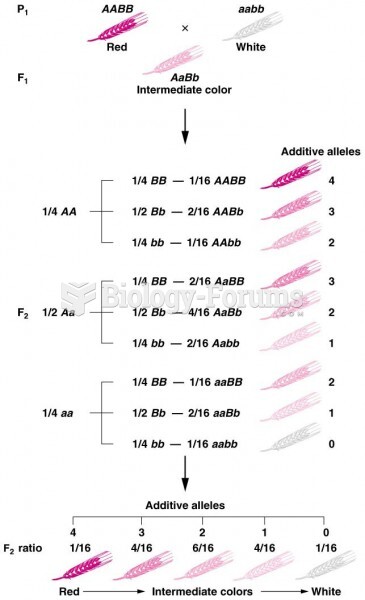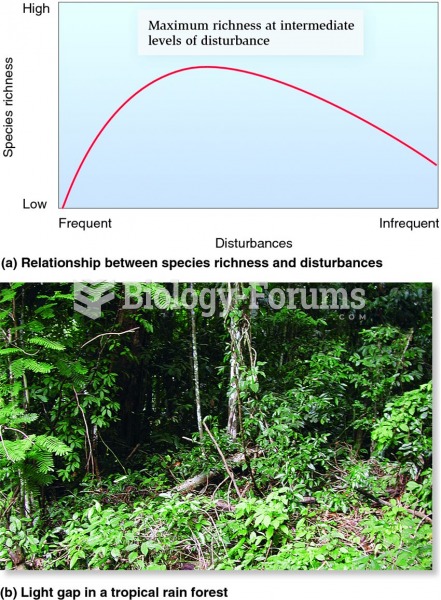Definition for Wobble hypothesis
From Biology Forums Dictionary
1) The wobble hypothesis refers to the degeneracy at the third nucleotide position of a codon, in which the base at the 5' of the tRNA anticodon can pair with more than one type of base at the 3' end of the codon. For example, the same leucine tRNA molecule with anticodon GAG can read two different leucine codons (CUC and CUU). This allows for neutral mutations to occur in genes at the third position, but not the first or second, of a codon. Therefore, there is said to be higher selective pressure on the first and second positions in a codon, causing mutations at those positions to be much more rare.
2) The wobble hypothesis explains why multiple codons can code for a single amino acid. One tRNA molecule (with one amino acid attached) can recognise and bind to more than one codon, due to the less-precise base pairs that can arise between the 3rd base of the codon and the base at the 1st position on the anticodon.



